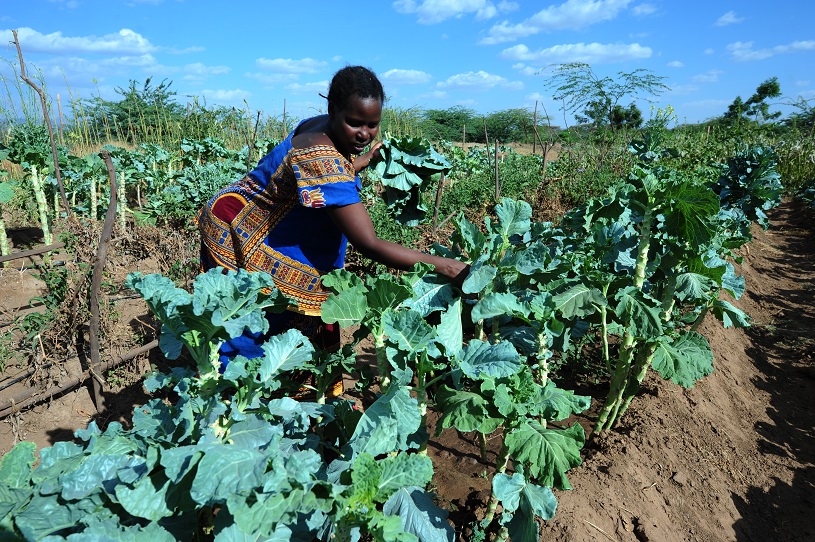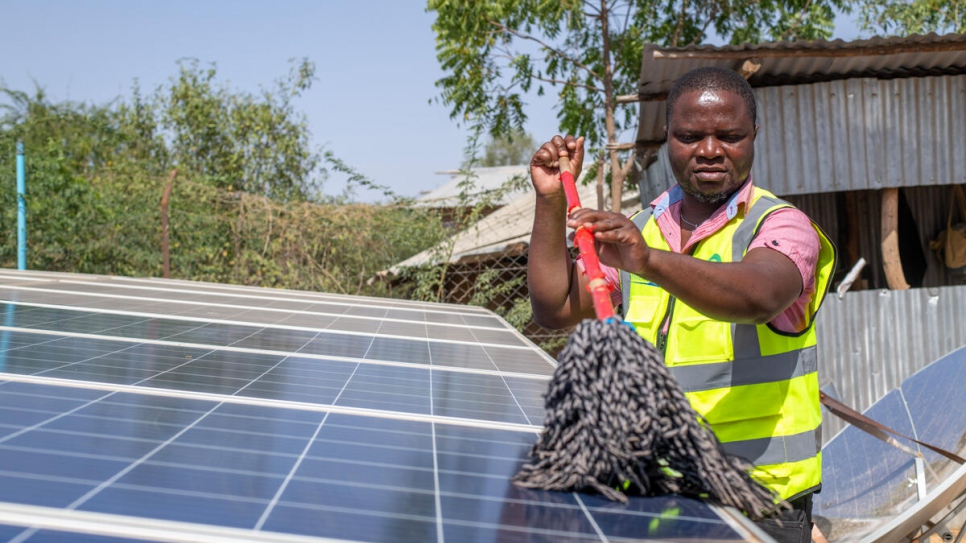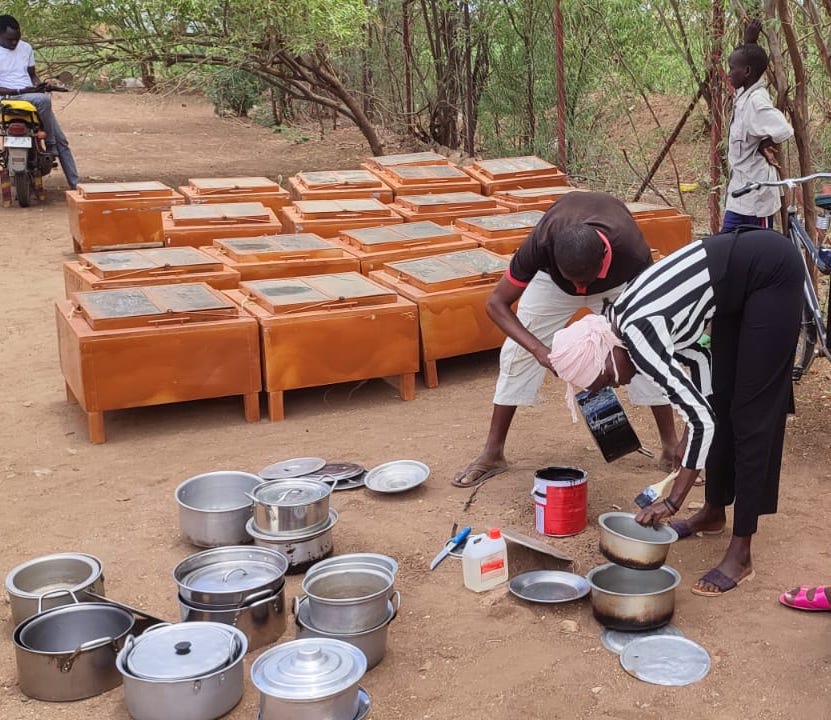Kakuma refugee camp
Where is the camp located in the world and what is its population?
Kakuma refugee camp is located in the North-western region of Kenya, on the outskirts of Kakuma town. Camp Kakuma is close to the boarders of Uganda, South Sudan and Ethiopia. Camp Kakumhas become a home for refugees from these neighbouring countries for over thrity years.

The camp was established in 1992 following the arrival of the “Lost Boys of Sudan". The Lost Boys of Sudan are a group of Dinka youth who fled civil war in their country of origin, spent a decade growing up in a Kenyan refugee camp, and were eventually resettled in the United States. During that year, large groups of Ethiopian refugees fled their country following the collapse government. Somalia had also experienced high insecurity and civil wars causing people to flee.
At the end of December 2020, there were 200,134 registered refugees and asylum-seekers in camp Kakuma. There are many refugees fleeing to Kakuma daily, so this total number will vary massively as the total increases. This is recognised as one of the largest refugee camp in the world. The refugees who live in Camp Kakuma are primarily (mainly) from South Sudan and Somalia. It is also home to refugees from Ethiopia, Burundi, the Democratic Republic of Congo, Eritrea, Uganda, and Rwanda. There were many new arrivals in 2014 which meant Kakuma exceeded its capacity by over 58,000 individuals. This meant the camp was very congested and overcrowded in some sections. Following talks between UNHCR (The United Nations Refugee Agency) and the National Government, land for a new settlement was identified in Kalobeyei, 20km from Kakuma town. They extended the camp and made it bigger.
We have been looking at the big ideas of Space and Place to help us understand refugee settlements. Space is about the location on the earth’s surface, and Place means understanding the physical and human characteristics of a location.
Of the local places we’ve looked at so far (Sheffield, Burngreave, Chapeltown), Rotherham is the closest to Kakuma in terms of population.
The population of Rotherham in 2011 was 109,691. Camp Kakuma's population in 2020 196,666. Rotherham is classed as a ‘large town’ and you can see that its population in 2011 was just over half the size of Kakuma.
Let's have a look at some of the infrastructure of Camp Kakuma. We are going to look out for similarities and differences with Rotherham. Can you compare?
:max_bytes(150000):strip_icc():format(webp)/Investopedia_Infrastructure-3c22a20eac8c4f75928ba206be6c4c2f.jpg)

Kakuma: Population 196,666
1 Hospital
5 Health centers (clinics)
4 Dispensaries (Pharmacies)
1 Dental clinic (with just 1 clinical officer)
At all facilities a person can receive the following services:
- Maternal (pregnant women) and child health care
- Diagnosis and treatment of illnesses such as diarrhea, pneumonia, malaria, Diabetes
- Basic nursing service such as cleaning and dressing of wounds
- Rapid tests for malaria, blood tests including for blood sugar levels, etc.
- Pharmacy services such as getting medicine
- Mental illness support
Some of these services are open 24 hours a day. There are two ambulances cover Kakuma and one Kalobeyei.
Rotherham: Population 109, 691
1 Hospital
30 Health centers (clinics)
Over 60 Pharmacies
Over 40 Dental clinics
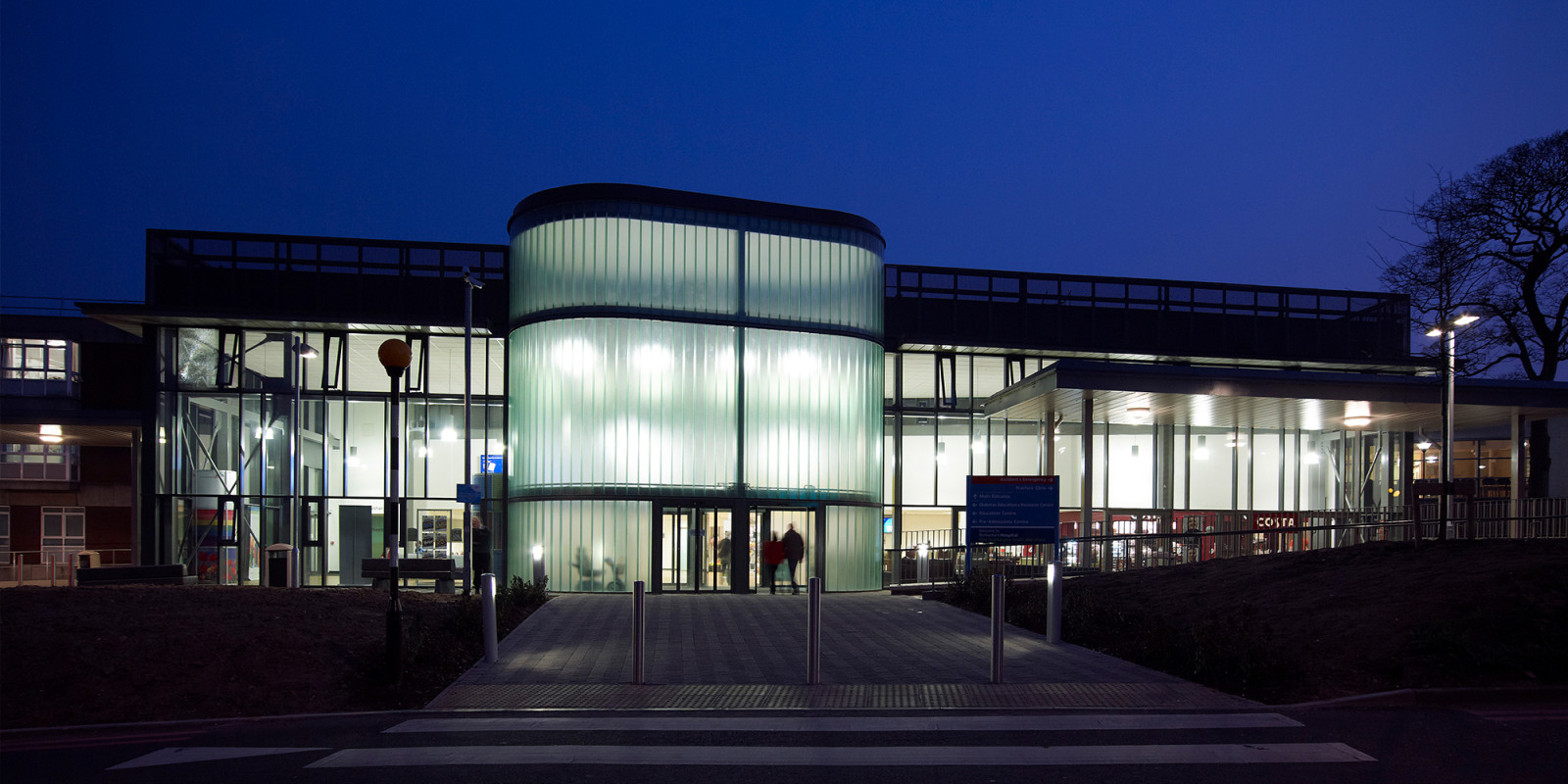
Power and energy infrastructure is also important in Camp Kakuma. Let's make some comparisons to Rotherham.
In Camp Kakuma diesel generators are used. The electricity is produced by burning diesel duel. Do you think this is a sustainable way of living?
In Rotherham, they use the national grid power stations, Templeborough biomass plant, Ulley wind turbines.
The challenges of living in camp Kakuma
Environment Life in the semi-arid desert environment of Kakuma is rather challenging. This means the area has little or no rain, so it is often too dry or barren to produce vegetation. They experience very high temperatures with the average daytime temperature being 40 degrees Celsius. Remember in the UK, the summer months are usually around 19-22 degrees Celsius. The area has always been full of problems like dust storms, poisonous spiders, snakes, and scorpions, outbreaks of malaria, cholera, and other hardships. The camp is a 'small city' of thatched roof huts, tents, and mud homes. As Kakuma has a bigger population than many Kenyan cities, the funding for meeting basic needs like having fresh running water is limited. There has always been insufficient water. As a result, Kakuma refugee camp water shortages often cause desperation. Another problem is the poor water quality, so it is often not fit for drinking and diarrhoea and cholera outbreaks are the consequence. As the camp is getting more crowded the demand for water is growing. In past years, the water problem was not as serious as it is now. Often, water taps are dry for many hours. People sometimes leave the camp and travel long distances to get water, but more often than not, they return with their containers still empty. After all, Kakuma is surrounded by desert area, a parched, rocky landscape swept by frequent dust storms. The only plants are low, thorny bushes. The community nearby, the Turkana people, suffer serious water problems themselves.
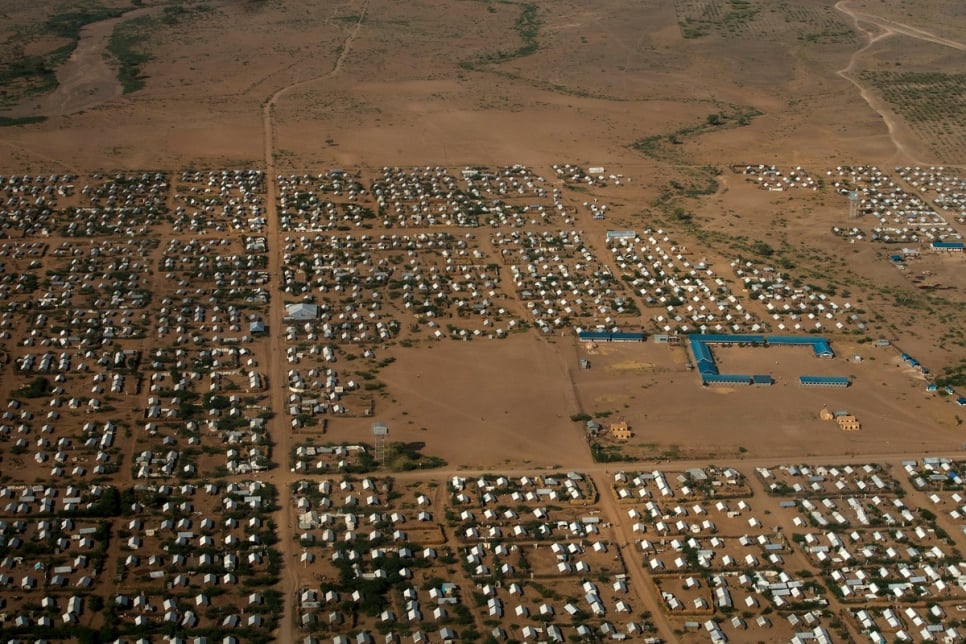
Supporting refugees to live more sustainable lives
Inhabitants of Kakuma are redefining what it means to be a refugee. The success stories of Kakuma refugees are a tribute to the progressive nature of the camp, and those living in it. In 28 years of existence, Kakuma has transitioned from a place of temporary asylum to an ‘urban center’, complete with its own market. The market is home to over 1,200 refugee-run businesses, which offer a variety of products and services to both the camp’s residents as well as the host community. Among these is the small business of Safi Kisasa, who earns her daily income through bread-baking. Known by her friends as Mama Safi, she has employed over 12 other people in the camp and bakes more than 1,000 loaves of bread per week. People think of Kakum as a city rather than a camp as it is providing opportunities for refugees that can't be found anywhere else in Kenya. It has allowed refugees to rebuild their lives and search for solutions so they can become more self-reliant. This doesn't mean that they no longer need aid and support from others because they do, but it means they can make the most of the resources they have. Mr Mohamud, a Somalian refugee living in the camp said, “In the last couple of years, us refugees have changed our mindsets. We have gone from seeing ourselves as hopeless victims who rely on food aid and assistance to viewing the camp as ours, and becoming active and productive members of society.”
EDP is a global energy company who aims to improvement of refugees' living conditions by attempting to boost sustainable development for refugees, and cover their basic energy needs. They have installated 31 solar public lighting posts in the refugee camp and the local community village, 21 of which were built locally by the refugees themselves, allowing a reduction of insecurity felt at night. Another example is how they have provided 30 high-quality solar cookers to 10 restaurants, so they could reduce firewood consumption while reducing CO2 emissions. 30 women were trained in solar cooking. These cookers reduce the number of accidents caused by fire and other health risks. Additionally, since the cookers do not require constant supervision, women can devote time to other activities while cooking. The EDP have also provided water purifiers to reduce the risk of diseases associated with water contamination. Water purifiers are used to get rid of bacteria and virus' to make the water safer to drink. Water purifiers were distributed to 20 families from the local community, who now have access to good quality drinking water. Three wells equipped with solar pump systems were dug. About two hundred people living inside the Kakuma camp now have access to water for garden irrigation and reforestation. The cultivation of vegetables and fruit carried out by the different communities in the area enables not only the production of more nutritious food for own consumption.

This picture shows Solar panels for sale in Kakuma refugee camp, Kenya: panels alongside electrical products such as computers, torches, speakers, TVs and radios.
